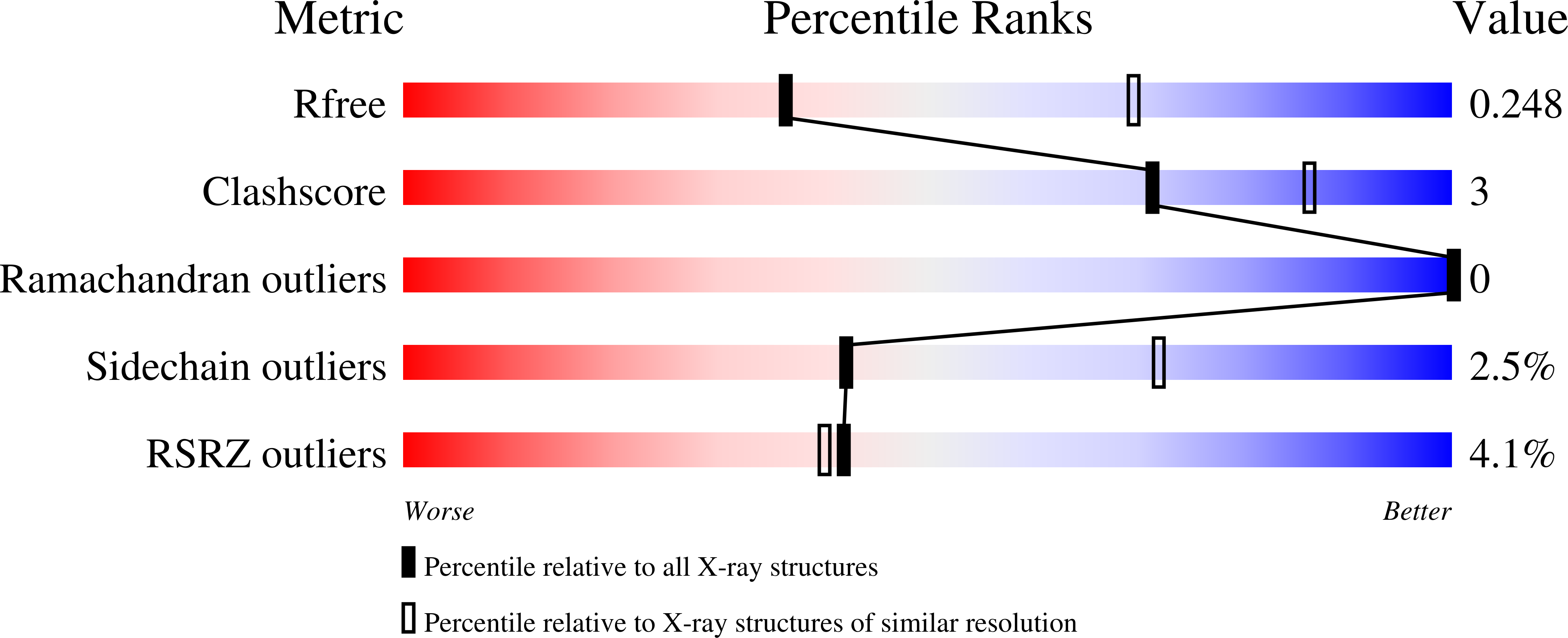
Deposition Date
2024-07-07
Release Date
2025-05-21
Last Version Date
2025-05-21
Method Details:
Experimental Method:
Resolution:
2.70 Å
R-Value Free:
0.24
R-Value Work:
0.20
R-Value Observed:
0.20
Space Group:
P 21 21 21


